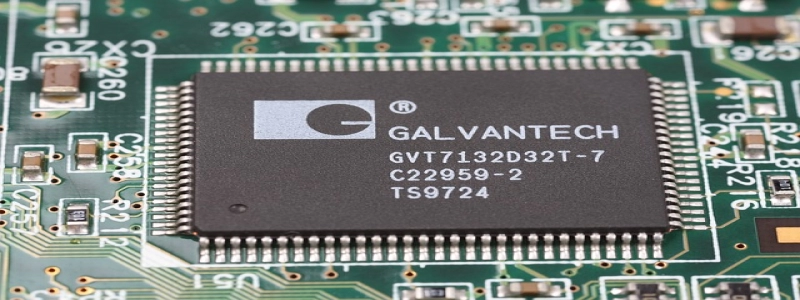Convert Wavelength to Wavenumber
私. 導入
A. Definition of Wavelength and Wavenumber
– 波長: The distance between two consecutive points in a wave that are in phase.
– Wavenumber: The reciprocal of wavelength.
Ⅱ. Formula for Conversion
A. Relationship between Wavelength and Wavenumber
– The wavenumber (ν) is defined as the number of waves per unit length and is given by the equation:
ν = 1/λ
where ν is the wavenumber and λ is the wavelength.
Ⅲ. Step-by-Step Conversion Process
A. Collect the necessary data
– Obtain the wavelength value in any appropriate unit, such as meters (メートル) or nanometers (nm).
B. Convert Wavelength to Wavenumber
– Use the formula mentioned earlier:
ν = 1/λ
– Calculate the reciprocal of the wavelength value to obtain the wavenumber.
C. Expressing the Result
– The wavenumber will have units of reciprocal length, such as m^(-1) or nm^(-1).
Ⅳ. Example Calculation
A. Given Data
– 波長 (λ) = 500 nm
B. Conversion Process
– Convert wavelength to wavenumber using the formula:
ν = 1/λ
ν = 1/500 nm
ν ≈ 2 x 10^(-3) nm^(-1)
C. Result
– The wavenumber is approximately 2 x 10^(-3) nm^(-1).
V. Importance and Applications
A. Importance of Wavenumber
– The wavenumber is a fundamental concept in the field of optics and spectroscopy.
– It represents the spatial frequency of a wave and is used to analyze the behavior of electromagnetic radiation.
B. アプリケーション
– Wavenumbers are extensively used in spectroscopic techniques, such as Raman spectroscopy and infrared spectroscopy.
– They provide insights into the energy levels and transitions of molecules, aiding in the identification and characterization of substances.
VI. 結論
In conclusion, the conversion of wavelength to wavenumber is a simple calculation involving the reciprocal of the wavelength value. By understanding the relationship between these two quantities, one can effectively convert the wavelength of a wave into its corresponding wavenumber. The wavenumber plays a crucial role in various scientific fields, particularly optics and spectroscopy, where it is utilized to gain valuable information about the behavior of electromagnetic radiation.








